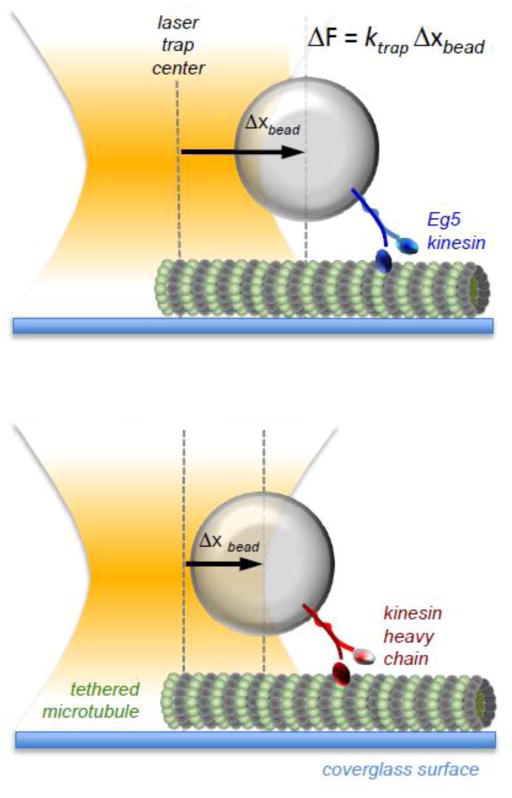Figure 5. Measuring kinesin stall force with an optical trap.
Using a focused laser line, a sole polystyrene bead can be held in place with high precision. With a single kinesin attached by its tail to the bead, the bead can be placed in close enough proximity to a tethered microtubule that the kinesin can bind to, and begin stepping along, the microtubule. As the kinesin pulls the bead away from the trap center, the tendency of the bead to remain in the center exerts a rearward force on the kinesin molecule, which becomes greater as the kinesin attempts to pull the bead further from the center. Thus, force (F) can be measured as a function of distance (x) if the spring constant of the trap (k) is known. Here, we show Eg5 (Kinesin-5) generating a greater force than kinesin heavy chain (Kinesin-1) as evidenced by its ability to pull the bead further from the trap center (Δx), given the same trap stiffness.

